Sala10: Camel Collective
Gated Commune
This fictional visual essay offers two futurist visions. In them, material confronts form and open, continuous spaces without limitations or waiting rooms confront compartmentalized fortresses, portable shelters and matryoshka-style houses.
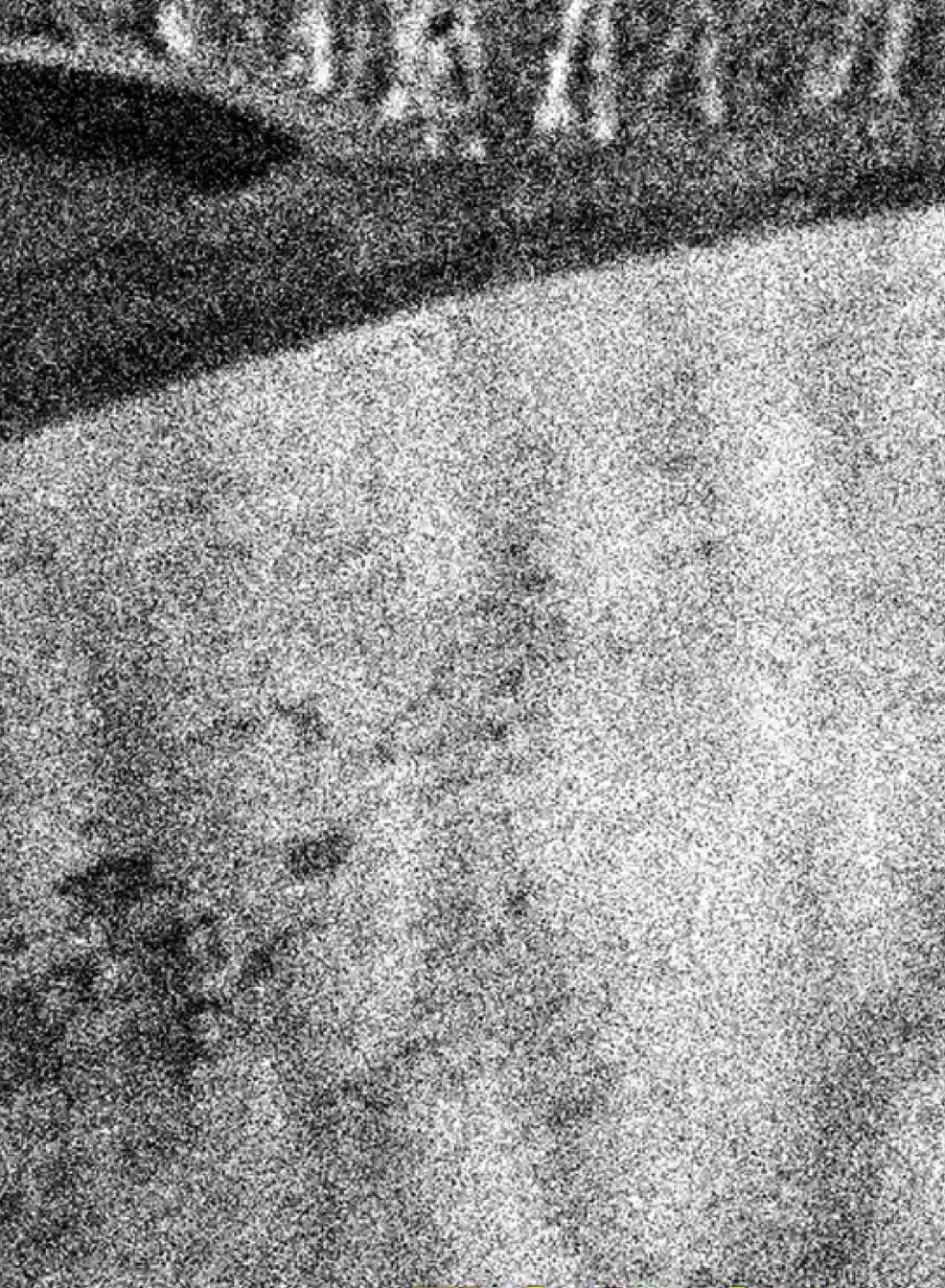
The analysis of specialized languages is one of the primary impulses behind Camel Collective’s practice, in order to address the affects and political, economic and ideological forces that intervene in a sphere of action at a given time. The script of this work explores the rhetoric of sustainable development and the planning of built environments, understood as spaces designed for people to live, work and play in. Through this approach, the collective reflects on the implications of the modernist belief that humans can solve any problem with technoscientific innovation.
With a certain degree of satire, the artists have named these two factions neo-primitivists and futurists. Following one of the central strategies of science fiction, the premises of these worldbuilders are extrapolated through hyperbole. The script, originally written during a residency in Denmark, is peppered with suspicions of exclusion inspired by the experience of living in First World housing. There are allusions to both the alienation of contemporary architecture and to the lost potential of modernism. The film contains an implicit denunciation of the historic failure of the avant-garde to inoculate itself against intercourse with neoliberalism.
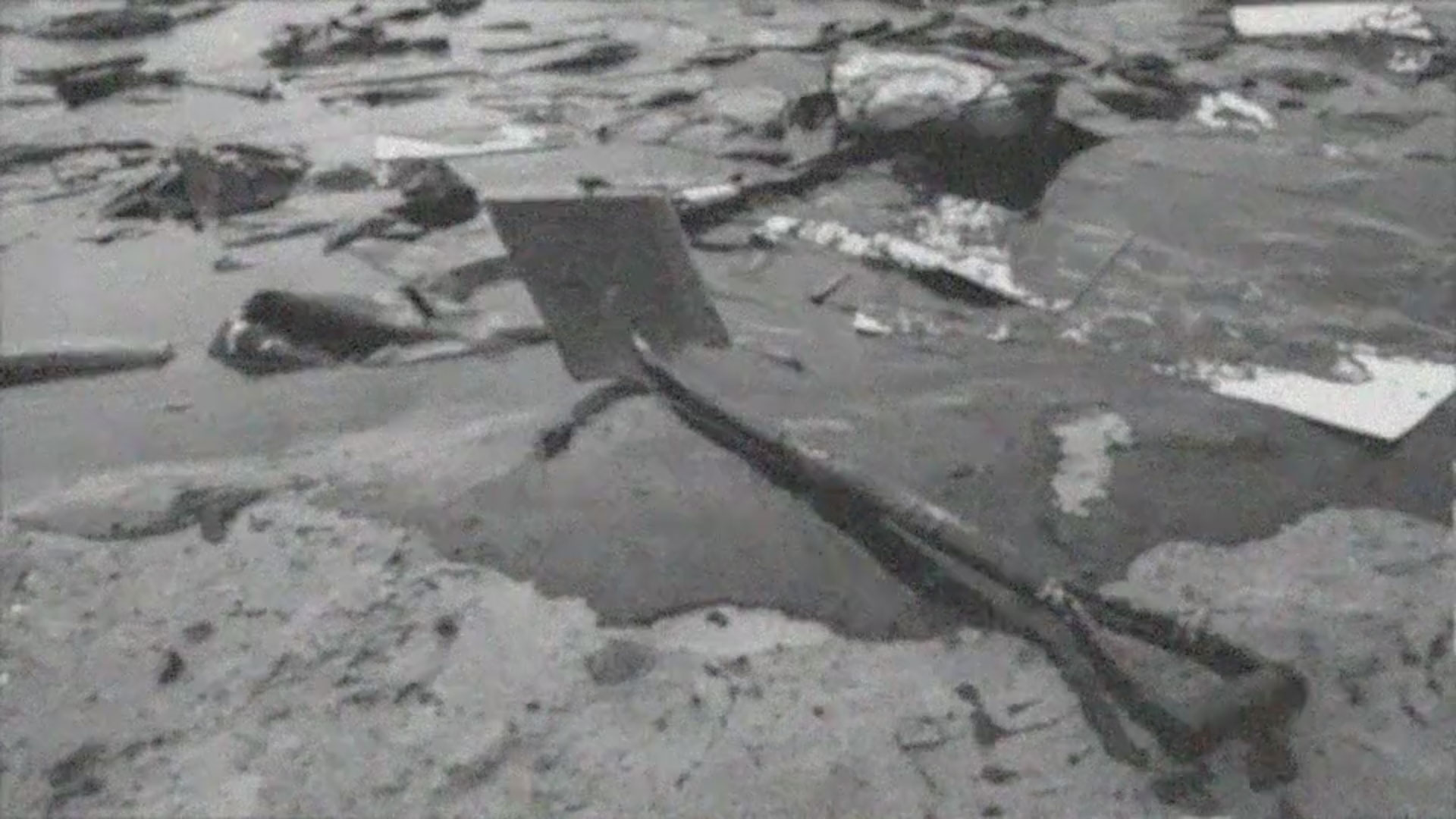
“Hope and catastrophe materialize as structures that build and then destroy themselves”: Putting forward a genealogy that goes from weaving to printing to computing, this essay sees humans as ontological designers of spaces, of bodies, of worlds. We therefore don’t need a Designer, although we always choose to have one. One of the questions posed by this essay by Camel Collective is precisely why we do so. From the perspective of the Anthropocene and the ecological catastrophe, the neo-primitivists and the futurists become strategists of survival.
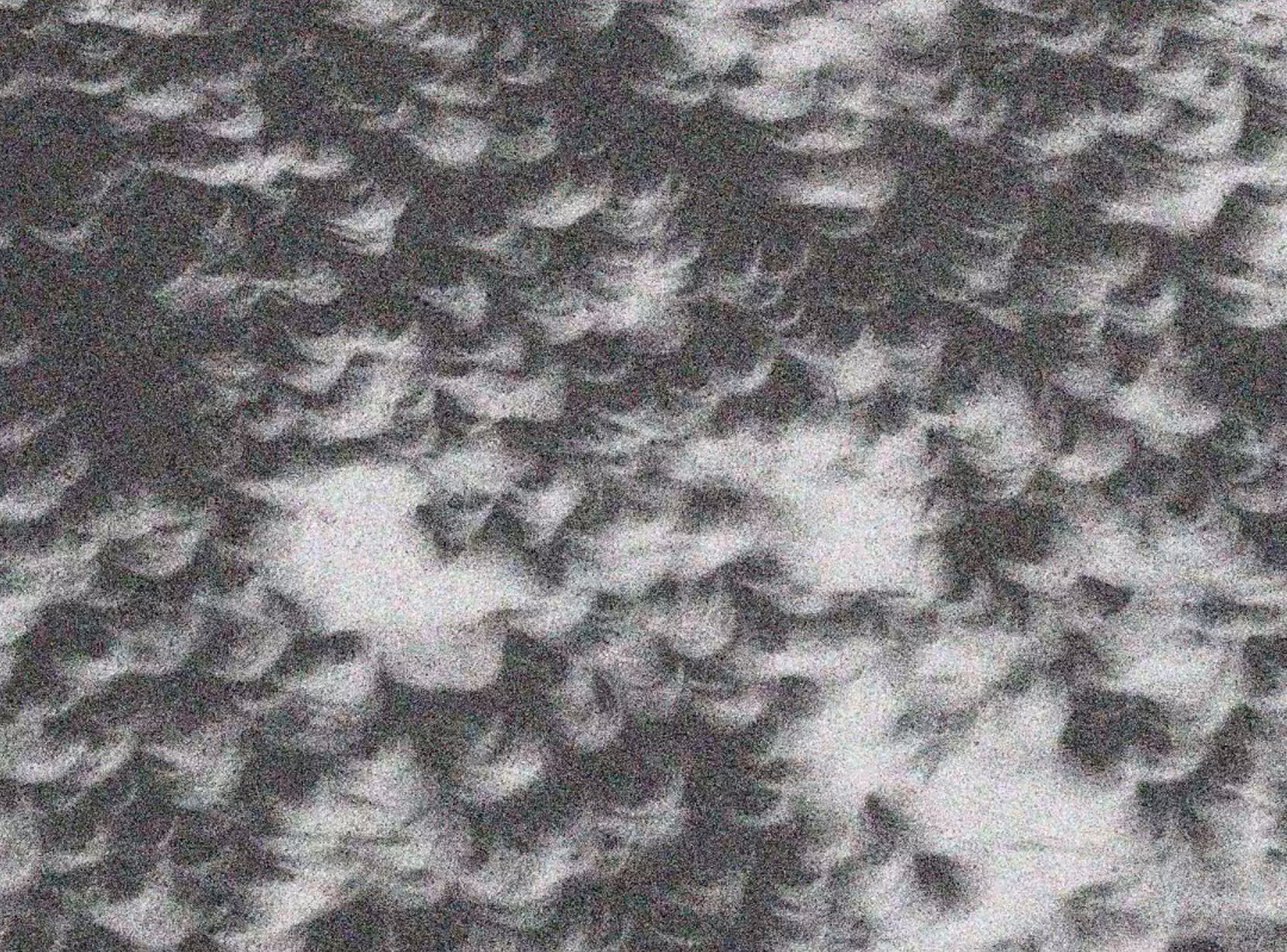
We can overcome this, if we just change the choreography of our bodies, each one would say from their respective trenches. This video becomes sharper if we see it from the perspective of the quarantine: enclosure or total exposure to external agents—is there any dilemma more contemporary?
Gated Commune presents us with a paradox: we put our hopes of survival in the same technical mastery that refines, in real time, the systems of biopolitical control over our lives. “And everyone will contend that his or her plans will serve to slow the pace of life…”
Alejandra Labastida
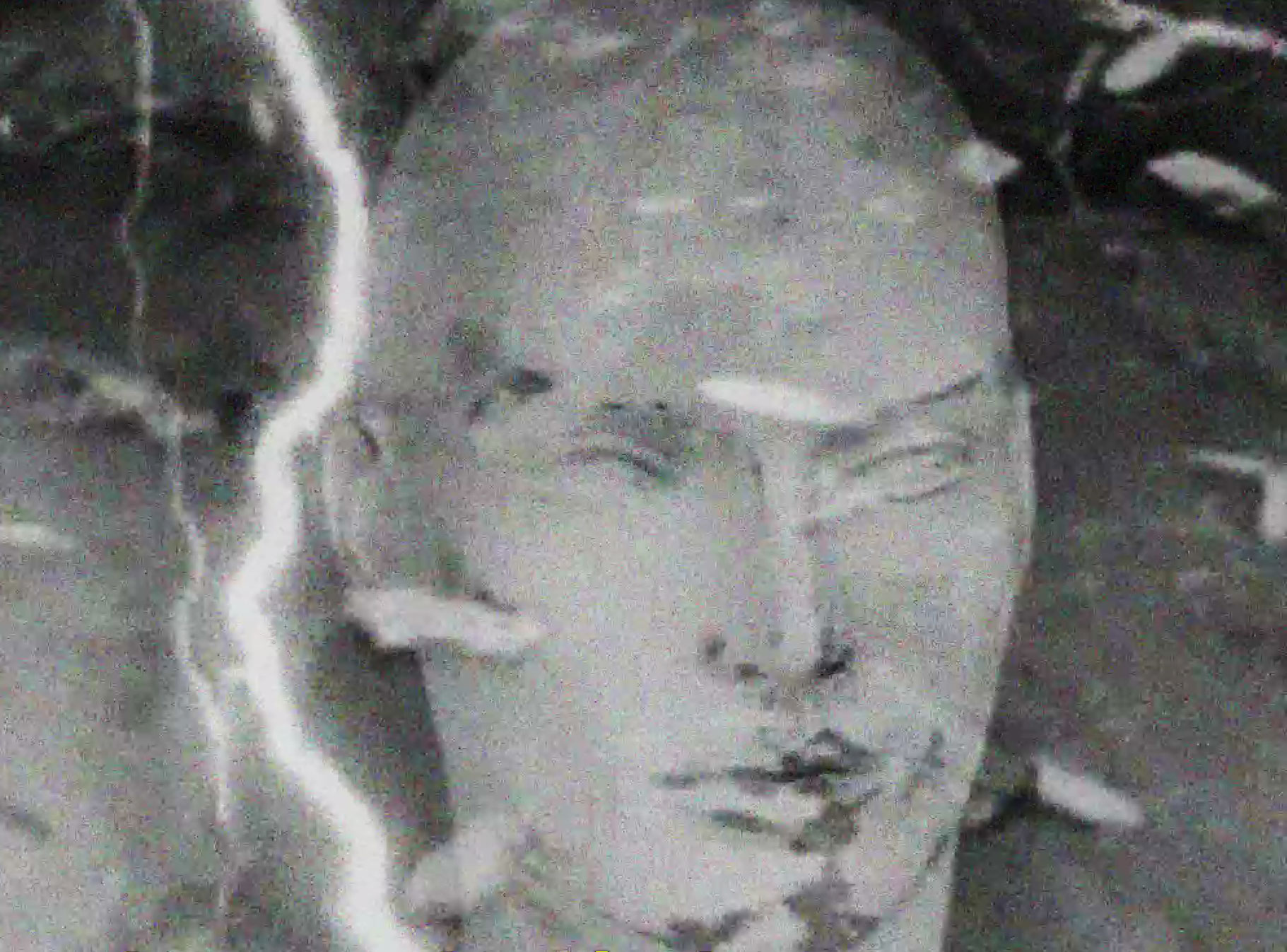
Camel Collective: Statement on Gated Commune and a remembrance of Carla Herrera-Prats
Anthony Graves
Like many works Carla Herrera-Prats and I produced as Camel Collective, Gated Commune has its origin in a period of intense work while in Copenhagen, Denmark. A version of the text was produced under the title “Bella Center,” referring to the convention center in Ørstad City on the periphery of Copenhagen near where we were devising our first major work, The Second World Congress of Free Artists, in 2010. [...]
FULL STATEMENT HERE
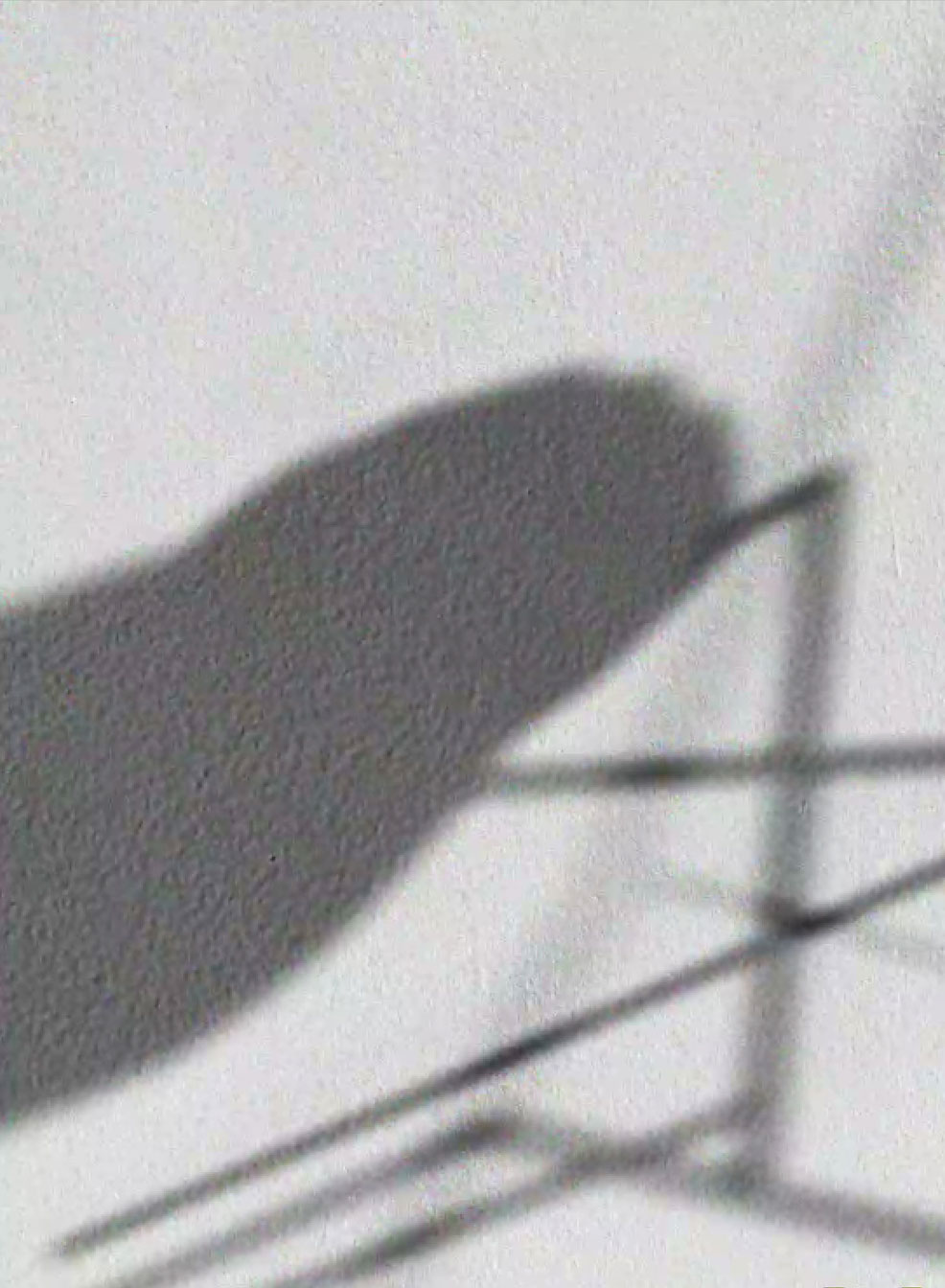
Camel Collective, Gated Commune, 2018
Video, 8’ 13’’
Courtesy of Camel Collective
CAMEL COLLECTIVE
(New York and Mexico City, active since 2010)
Anthony Graves and Carla Herrera-Prats met in 2004 and began collaborating as Camel Collective with a number of other artists. The duo has worked solely under the name Camel Collective since 2010. Carla Herrera-Prats passed away in December 2019 due to complications related to breast cancer.
Graves & Herrera-Prats’ artworks are motivated by research on the subjects of collaborative production, technologies of affect, and critical pedagogy. Camel Collective’s work in video, sculpture, performance, and photography think through the often-laborious production of sensation, and the technological manipulation of feelings as they relate to contemporary labor and our shared myths of cultural production.


